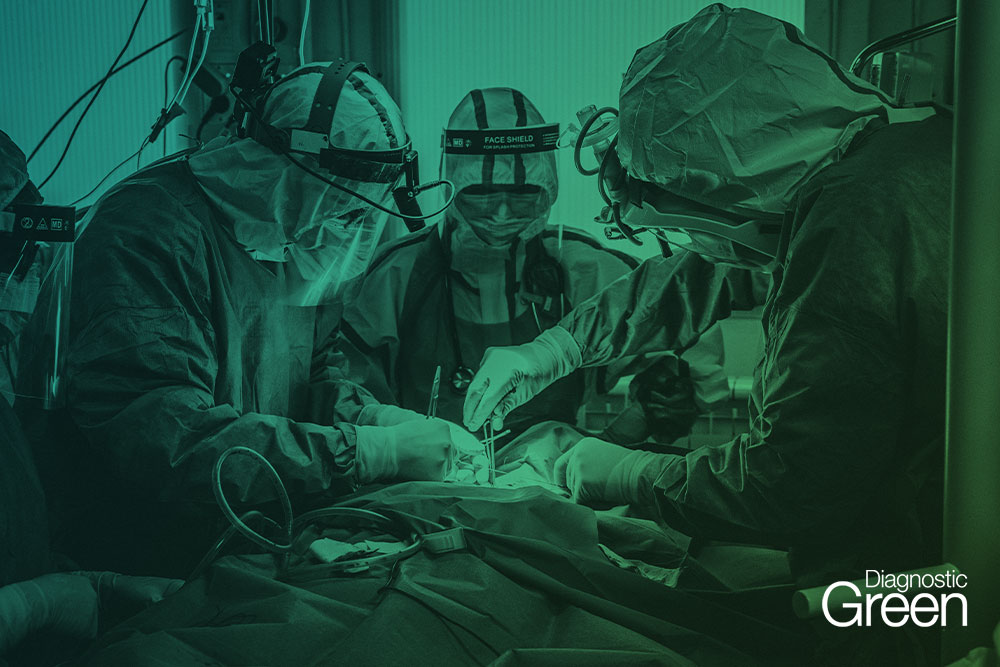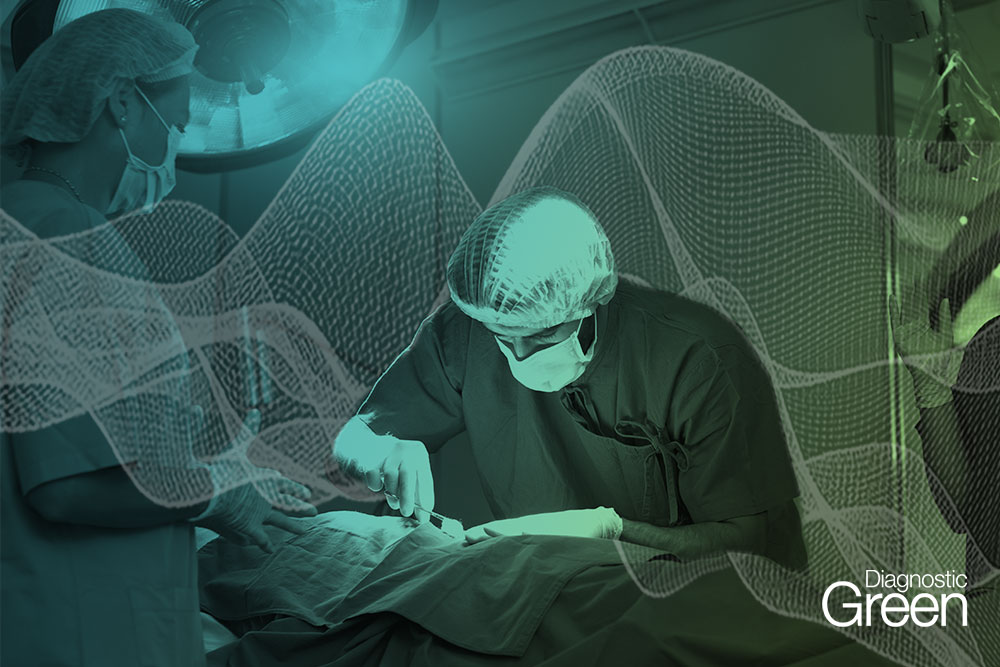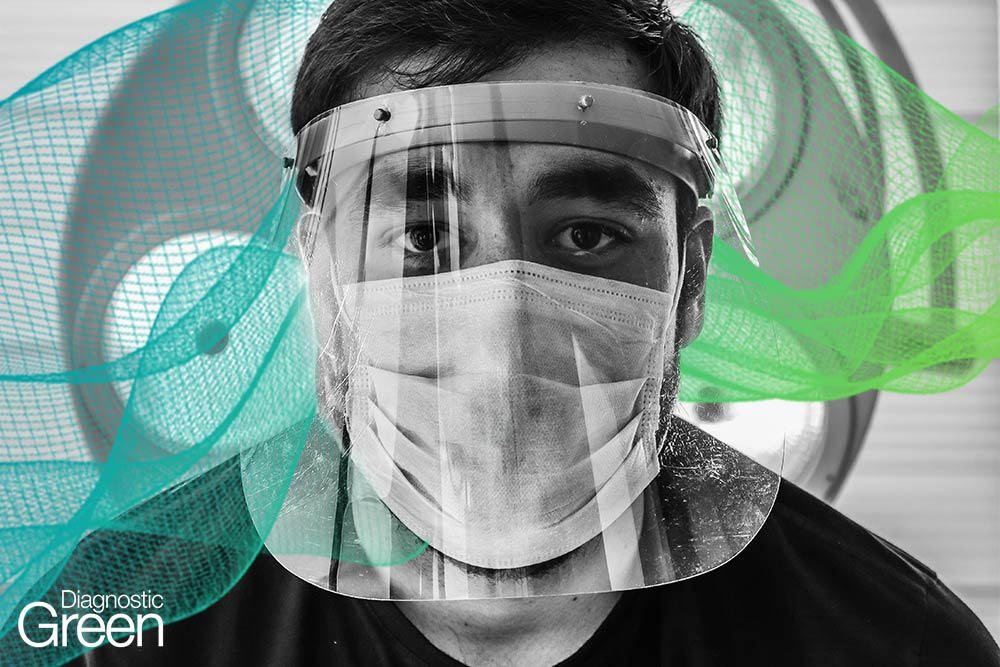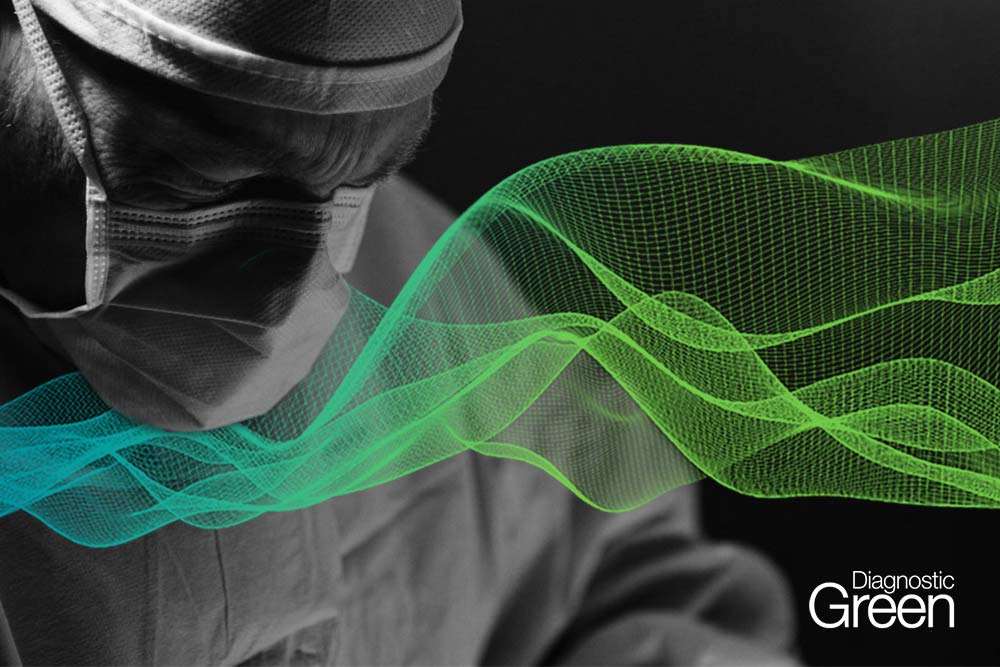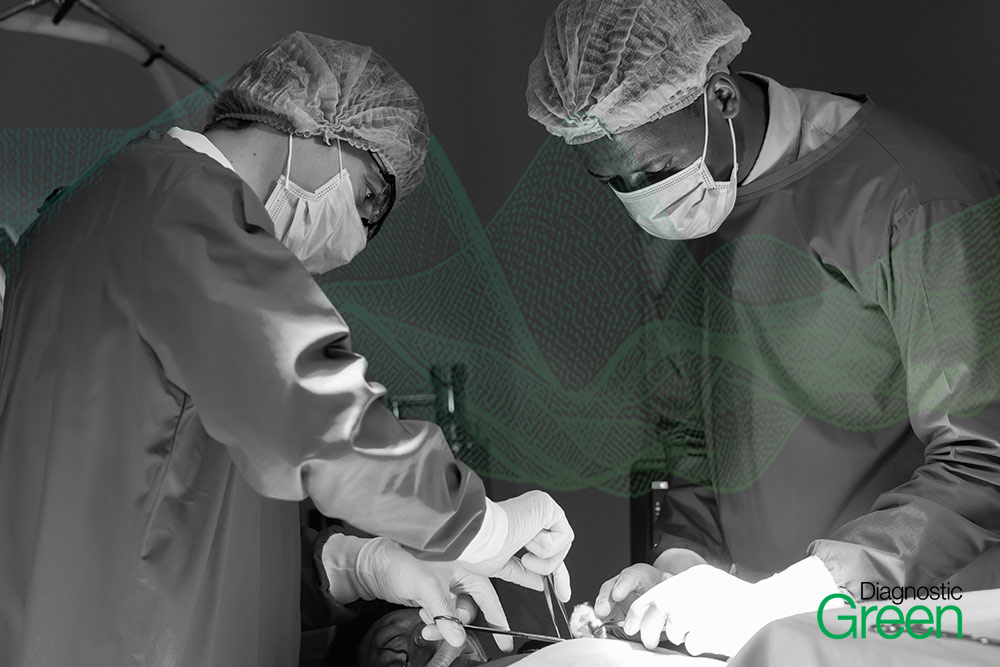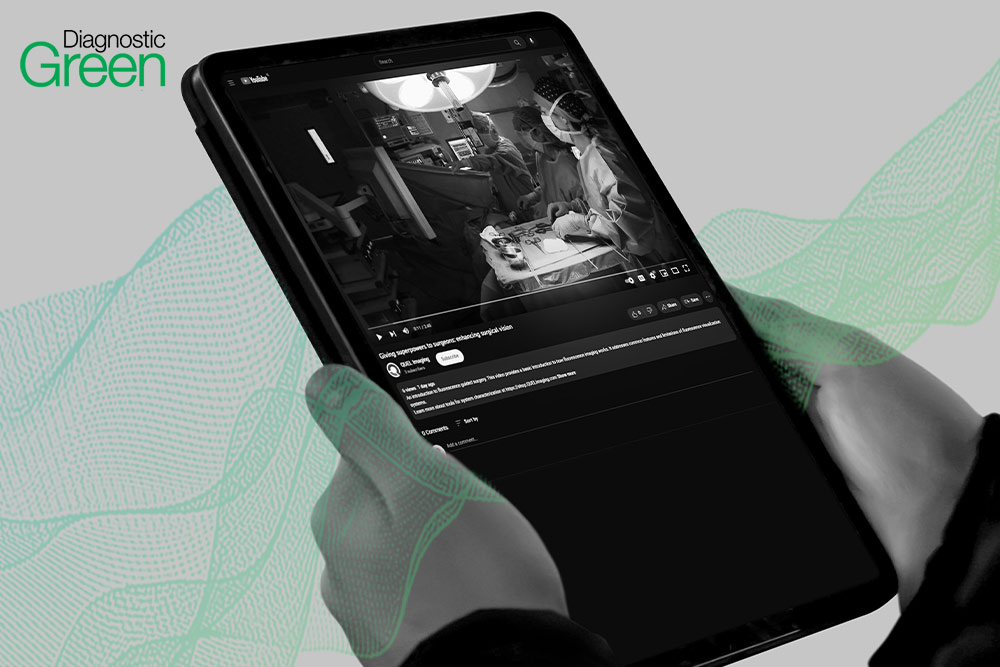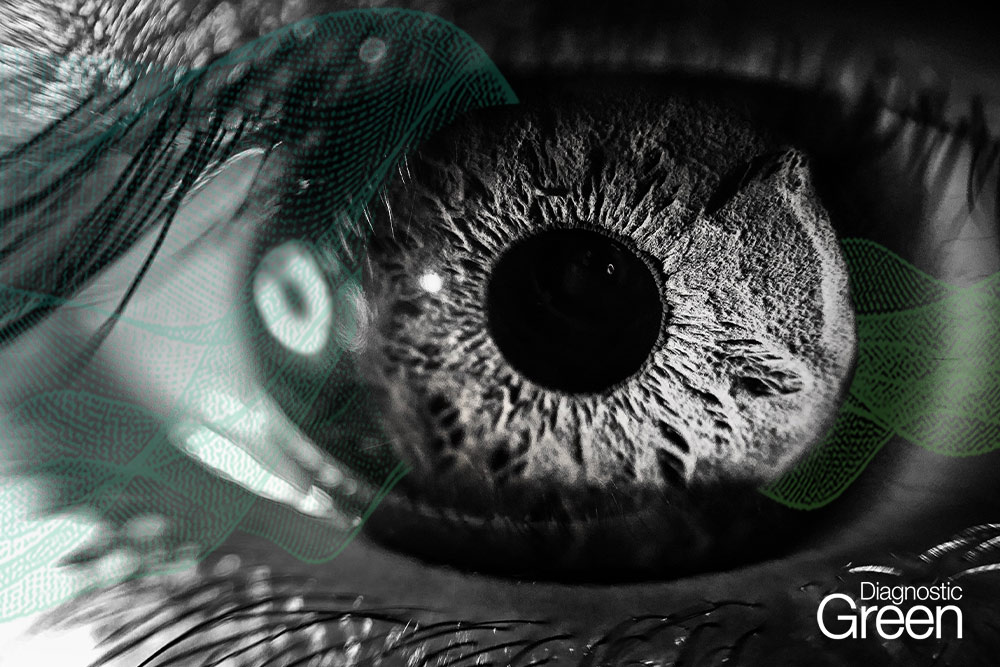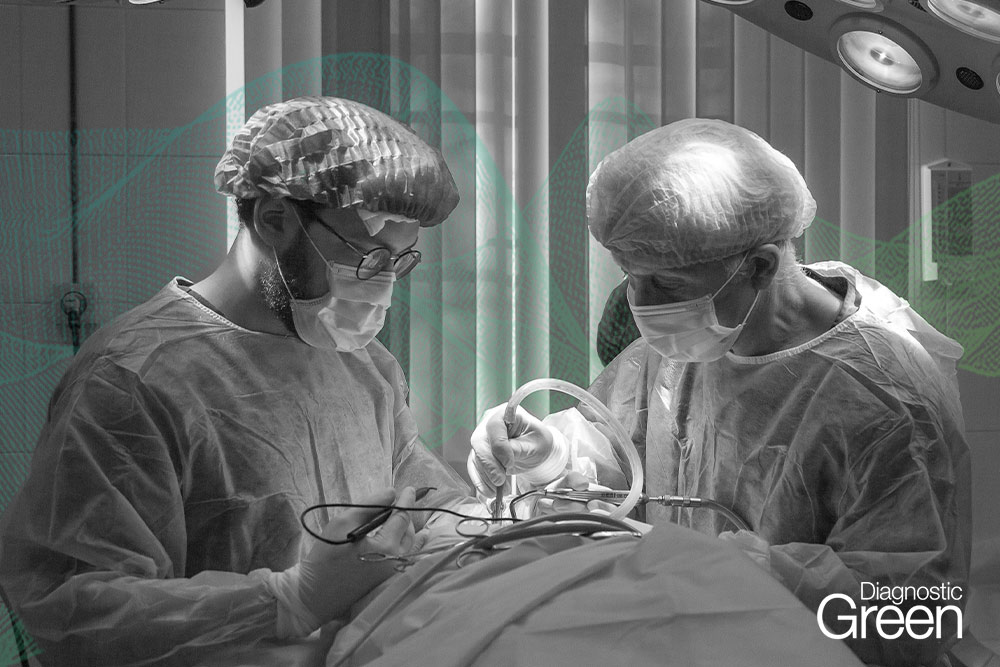Criteria for donation have been expanded to meet the great demand for organ transplant, resulting in different tools and classifications to help physicians to better assess the quality of the transplanted kidney.
Continue readingIntraoperative real-time near-infrared image-guided endoscopic endonasal surgery for pituitary tumors
For endoscopic endonasal surgery of pituitary tumors, tissue identification, and intraoperative judgment depend largely on the surgeons’ expertise.
Continue readingIndocyanine green fluorescence angiography in colorectal surgery: A retrospective case-control analysis in Mexico
Introduction and aims: An anastomotic leak is one of the most dreaded complications in colorectal surgery because it increases postoperative morbidity and mortality. The aim of the present study was to identify whether indocyanine green fluorescence angiography (ICGFA) reduced the anastomotic dehiscence rate in colorectal surgery.
Material and methods: A retrospective study on patients that underwent colorectal surgery with colonic resection or low anterior resection and primary anastomosis, within the time frame of January 2019 and September 2021, was conducted. The patients were divided into the case group, in which ICGFA was performed for the intraoperative evaluation of blood perfusion at the anastomosis site, and the control group, in which ICGFA was not utilized.
Results: A total of 168 medical records were reviewed, resulting in 83 cases and 85 controls. Inadequate perfusion that required changing the surgical site of the anastomosis was identified in 4.8% of the case group (n = 4). A trend toward reducing the leak rate with ICGFA was identified (6% [n = 5] in the cases vs 7.1% in the controls [n = 6] [p = 0.999]). The patients that underwent anastomosis site change due to inadequate perfusion had a 0% leak rate.
Conclusions: ICGFA as a method to evaluate intraoperative blood perfusion showed a trend toward reducing the incidence of anastomotic leak in colorectal surgery.
Simultaneous robotic distal gastrectomy and distal pancreatectomy: Avoiding total gastrectomy using indocyanine green fluorescence imaging
Remnant gastric ischemia is the most significant complication in distal pancreatectomy (DP) after distal gastrectomy (DG). Some studies have reported the safety of asynchronous DP in patients who underwent DG. We report a case of simultaneous robotic DG and DP. A 78-year-old man was diagnosed with gastric and pancreatic cancer.
We preoperatively confirmed the absence of anomalies in the left inferior phrenic artery. Robotic simultaneous DG and DP was performed; subtotal resection of the stomach was carried out, enabling the left inferior phrenic artery to maintain perfusion of the remnant stomach, even after ligation of the splenic artery.
The remnant stomach was preserved as scheduled, and indocyanine green fluorescence imaging confirmed sufficient remnant stomach tissue perfusion. Robotic surgery using the da Vinci surgical system (with a fluorescence imaging system and technology enabling surgical precision) is suitable for this surgical procedure because it considers tumor radicality and allows for function preservation.
Improving the Safety of Laparoscopic Cholecystectomy with Indocyanine Green Dye Using Critical View of Safety Plus
During a laparoscopic cholecystectomy, the critical view of safety is obtained through dissection of the gallbladder from the liver until there is anterior and posterior visualization of the cystic duct and cystic artery.
Continue readingGiving Superpowers to Surgeons
Optical Coherence Tomography Angiography (OCT-A) in Uveitis: A Literature Review and a Reassessment of Its Real Role
The global and precise follow-up of uveitis has become possible with the availability of dual fluorescein (FA) and indocyanine green angiography (ICGA) since the mid-1990s.
Continue readingCorrelation Between Indocyanine Green Fluorescence Patterns and Grade of Differentiation of Hepatocellular Carcinoma: A Western Prospective Cohort Study
Most of the available evidence on the use of indocyanine green (ICG) fluorescence in clinical practice consists of articles published by surgeons of the Asian-Pacific area.
Continue readingEuropean Association for Endoscopic Surgery (EAES) consensus on Indocyanine Green (ICG) fluorescence-guided surgery
Methods: An expert panel of surgeons has been selected and invited to participate to this project. Systematic reviews of the PubMed, Embase and Cochrane libraries were performed to identify evidence on potential benefits of ICG fluorescence-guided surgery on clinical practice and patient outcomes. Statements and recommendations were prepared and unanimously agreed by the panel; they were then submitted to all EAES members through a two-rounds online survey and results presented at the EAES annual congress, Barcelona, November 2021.
Results: A total of 18,273 abstracts were screened with 117 articles included. 22 statements and 16 recommendations were generated and approved. In some areas, such as the use of ICG fluorescence-guided surgery during laparoscopic cholecystectomy, the perfusion assessment in colorectal surgery and the search for the sentinel lymph nodes in gynaecological malignancies, the large number of evidences in literature has allowed us to strongly recommend the use of ICG for a better anatomical definition and a reduction in post-operative complications.
Conclusions: Overall, from the systematic literature review performed by the experts panel and the survey extended to all EAES members, ICG fluorescence-guided surgery could be considered a safe and effective technology. Future robust clinical research is required to specifically validate multiple organ-specific applications and the potential benefits of this technique on clinical outcomes.
Qualitative and quantitative evaluation of diabetic choroidopathy using ultra-widefield indocyanine green angiography
To investigate angiographic characteristic features of diabetic choroidopathy
Continue reading
